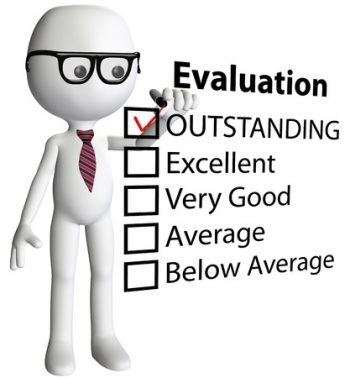
Often educators are faced with the question of what is the readability level of the selections you are using in your curriculum?
They scramble to find out how to determine such levels and which research to use in their efforts.
Most educators are familiar with Lexile reading levels, but do not understand other research regarding reading and the importance of multiple factors when determining levels.
Lumos Learning uses many grade level reading metrics in comparing and setting reading levels. The following are used with this program: Flesch-Kincaid Grade Level, Gunning Fog Index, Powers Sumner Kearl Grade, Raygor Readability and Fry Readability. Given these research-based metrics, you are assured that the articles or passages selected are on level for instructional purposes.
The Flesch-Kincaid Grade Level
The Flesch-Kincaid Grade Level tool uses a scale of 0-100 to measure and report English readability text levels. The average number of words per sentence and average syllables in words are used to determined complexity and then converted to a score. Generally speaking, the lower the score the more difficult the text.
The variables used are sentence-construction and vocabulary complexity. This is best suited for educational purposes, but not over the 12th grade.
Gunning Fog Index-
Mr. Gunning determined in the late 1940’s that most people who had graduated from high school were poor readers because they were poor writers. He developed what is referred to as the “Fog Index”. He theorized that most people who wrote for publishing companies and newspapers were in a fog when it came to correct writing and reading.
Below is his formula that is used extensively today in reference to determining writing and reading levels.
The Gunning’s Fog Index
The mathematical formula is: Grade Level = 0.4 (ASL + PHW)
Many writing teachers help students by using this or a similar formula. Once students become aware of how they write, they usually increase their levels through concentration of content and more difficult vocabulary.
Powers Sumner Kearl Grade-
This metrics takes the Gunning Fox Index a step further. It is best used in the primary grades for early or emerging readers.
The Power-Sumner-Kearl Readability Formula
Step 1: Select a sample passage of around 100 words.
Step 2: Calculate the exact number of words and sentences in the sample passage.
Step 3: Divide the number of words with the number of sentences to arrive at Average Sentence Length (ASL)
Step 4: Apply the formula:
GL = 0.0778(ASL) + 0.0455(NS) – 2.2029
Raygor Readability-
This readability level is similar to Fry’s. It was developed in 1977. It takes 3, 100-word samples of writing from the beginning, middle and end of the text. Counting the number of sentences with incomplete sentences counting half and count the number of words with six or more letters. Then the number of words is plotted on a horizontal x-axis and sentences on a y-axis. The region plotted gives an estimation of the grade level text. Prior to the use of technology this was the fastest way by hand to calculate readability levels. Since the use of computers, it has even become quicker.
Frye Readability-
Fry worked in Uganda with students who did not have English as their dominant language. He developed the following formula to help assist him in determining readability levels for his students. By using this formula, he was able to better teach and assign reading and writing texts to his students.
The Fry Graph Readability Formula
1: Use 3 samples of 100-word passages randomly (eliminate the number words from word count).
2: Next count the number of sentences in all three 100-word passages, estimating the fraction of the last sentence to the nearest 1/10th.
3: Now count the number of syllables in all three 100-word passages. Chart the results as follows:

4: Enter the graph with Average Sentence Length and Number of Syllables. Plot dot where the two lines intersect. The dot estimates the grade level readability.
Again, by the use of technology this readability determination can be easily done online.
It is important to realize how readability levels are determined and how they impact student learning.
In all cases of these levels of readability, the teacher can easily see and determine where his/her students are and on what grade levels.
Lumos Learning programs and opportunities thus provide this information quickly for educators. Through the StepUp program, EdSearch and Chrome Extension, lessons are assigned relevant to the students’ instructional level.
Related Links
Find the readability of text What is critical readingWriting Skills Improvement Program
